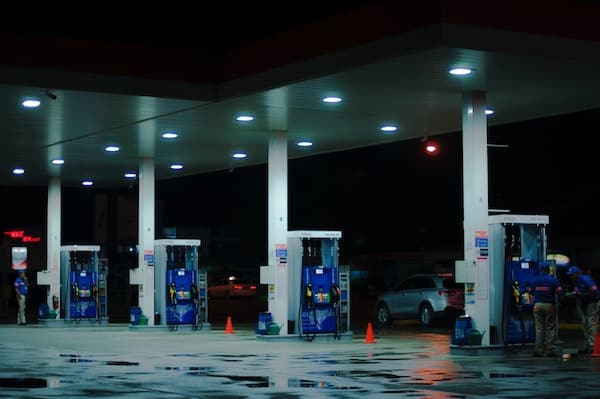Unless you’re very wealthy or driving a company-owned truck, you’ve probably noticed the recent increase in gas prices. Take a look at these statistics from AAA:
*As of today, California’s average pump price is $4.01, the most expensive in the state since July 2014.
*Pump prices on the West Coast increased as much as 20 cents recently, driving the national average up nearly 10 cents to $2.83.
*The South and Southeast remain home to the cheapest gas price averages in the country, ranging from $2.50-2.59 per gallon.
*Today’s national average for gas is three cents more than last month and 12 cents more than a year ago.
*In Illinois, home of
Even though you can’t change the price of gas, there are things you can do to improve fuel efficiency while out on the road. By doing so, you can be an asset to your company while helping out the environment.
1. Drive the speed limit.
It’s easy to want to get where you’re going faster, but by surpassing the legal (not recommended!) speed limit, you’re using more fuel. According to the Department of Energy, every five mph over 50 mph is like paying an additional $0.18 per gallon. Other negative effects of speeding include additional stress on the engine, increased risk for an accident and tickets/fines. Plus, driving the speed limit is safer for both you and the motorists around you.
2. Accelerate slowly.
Moving quickly right off the bat burns fuel faster.
3. Consider cruise control.
If you have this option, utilize it on long journeys to more easily maintain a steady speed.
4. Avoid braking excessively.
This can be accomplished by driving at a steady speed and being aware of the traffic in front of you. Each stop and start of your truck and its heavy load burns additional gas. This tip is especially useful in rush-hour traffic. Decreasing the amount of times you have to come to a complete stop in your rig also lowers how many gear changes you have to make.
5. Pay attention to traffic lights.
If you see a red traffic light in the near distance and let your foot off the gas, you may be able to avoid stopping at it. Adjust your speed, too, at other appropriate points on the road – i.e. traffic, construction, accident sites.
6. Remember: slow in, fast out.
If you’re able to achieve your speed right before a turn and use the right gear, you can more easily maintain a smooth line, thereby decreasing the chance of a rollover accident.
7. Don’t idle unnecessarily.
If you plan on being stopped for more than 30 seconds and it’s safe to do so, turn your truck off. It will not only burn less fuel than letting it idle but also reduces emissions from the rig.
8. Keep your truck well-maintained.
Conducting regular maintenance checks makes for a more fuel-efficient and safe truck. Plus, it can help reduce the number of mechanical problems you encounter on the road.
9. Regularly check your tire pressure.
A meager ten percent fall in tire pressure can increase your fuel consumption by more than one percent. By keeping your tires at the recommended pressure and regularly checking trailer and drive axle alignment, you can reduce the rolling resistance as well as enhance the truck’s fuel economy.
10. Fuel up early
American Trucker magazine recommends the following operational tips for drivers using diesel fuel:
- Fill up your truck early in the morning.
- Pump fuel at a low setting if you can as this will minimize the vapors; more vapors means lesser fuel filling your tank.
Find out about the benefits and perks of driving with Dynamic Transit.

